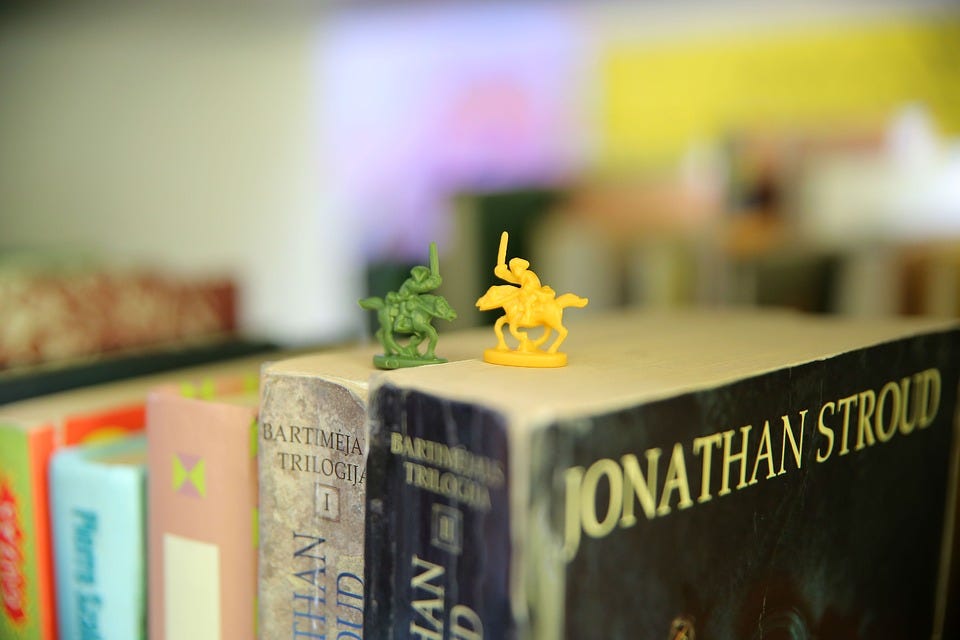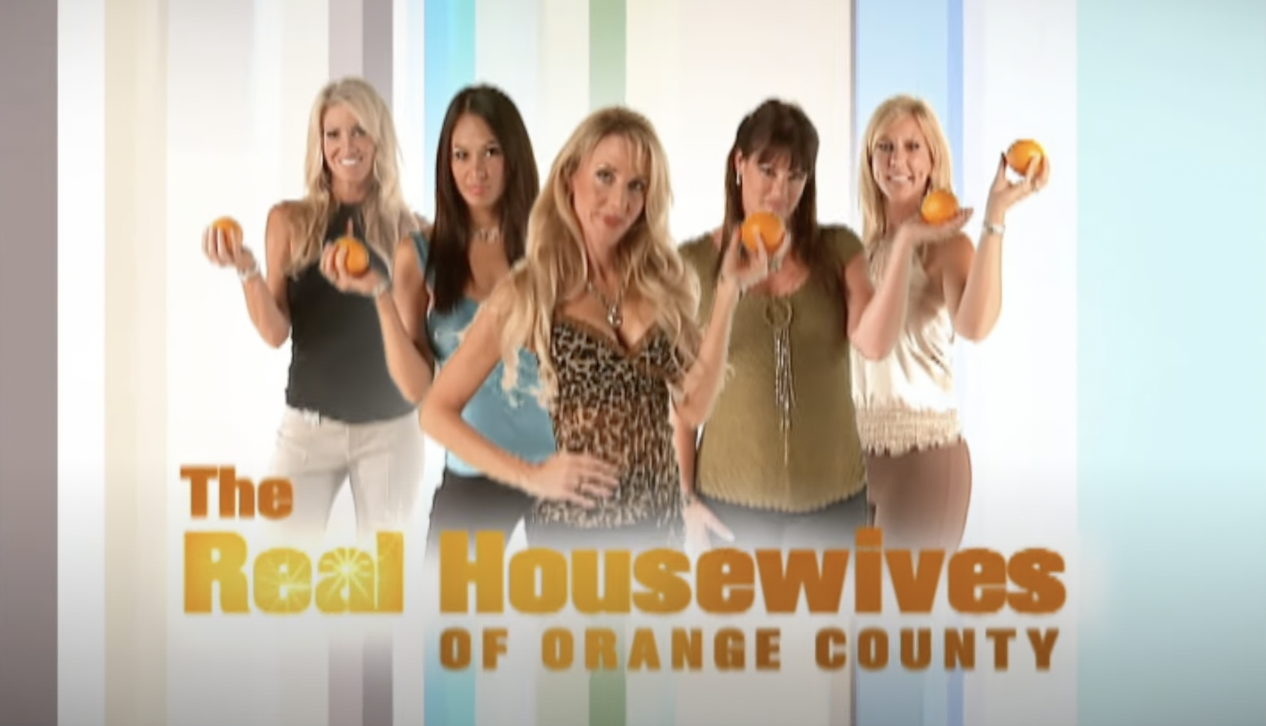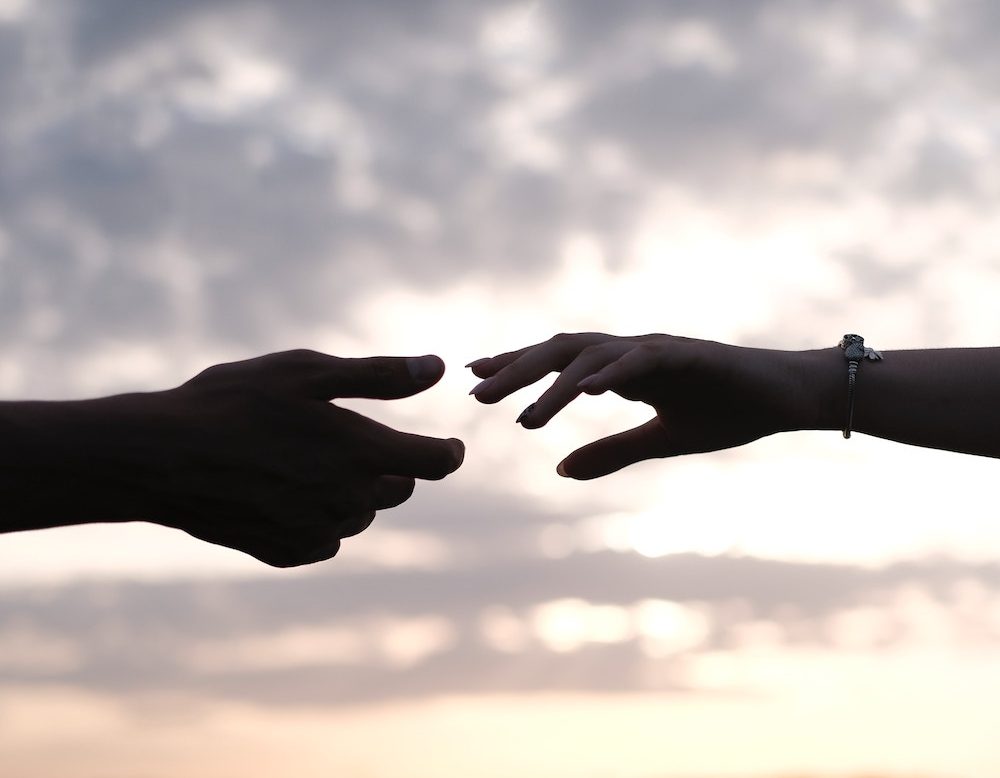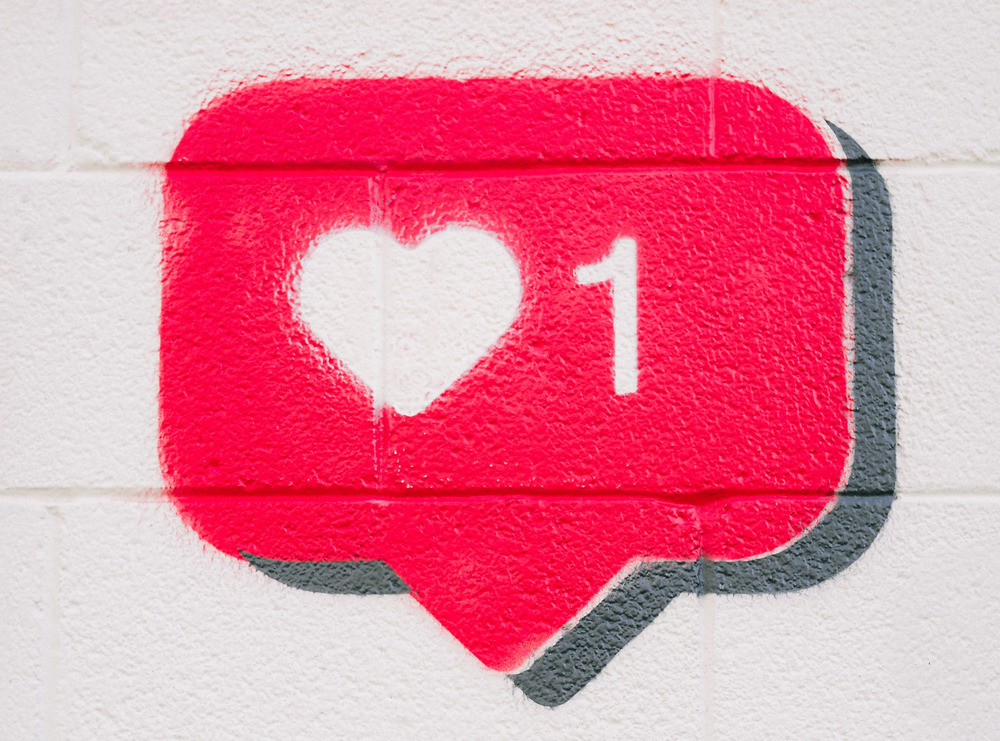news
Can Literature Bring Liberals and Conservatives Together?

A new study looks at “bipartisan books”

A recent Guardian article titled “Study Shows Books Can Bring Republicans and Democrats Together” provides a notably literary commentary on the vehemently oppositional rhetoric of this election season. Citing linguist Roman Jakobson’s theory on discourse, which juxtaposes the communal nature of literary debate with divisive and inflammatory political language, researchers Richard Piper and Andrew James So used data from Goodreads to study how fiction can bridge the divide between Democrats and Republicans.
They began by curating a 200-title list of “highly partisan” books such as James Carville’s It’s the Middle Class, Stupid!, Glenn Beck’s Cowards, Paul Krugman’s End This Depression Now! and Anne Coulter’s Demonic. Then, by examining ratings on Goodreads, researchers marked readers as “liberal” or “conservative” based on preferable reviews (3 stars or higher) of partisan texts. Next, they analyzed the literary the preference of these readers by cataloging books labeled “fiction” or “literature” on their Goodreads shelves. Limiting findings to books that at least 100 readers’ owned left just under 3,000 titles (out of several hundred thousand total).
While some stereotypes held, such as “low-brow” novels by John Grisham and Tom Clancy skewing conservative and more “high-brow” authors like Toni Morrison and Albert Camus attracting liberal readers, a collection of over 400 novels garnered interest across the political spectrum. The researchers termed these “bridge books.”
The top 100 (in terms of total “owners”) include recognizable, and varied, titles such as Don Quixote, The No 1. Ladies Detective Agency, and Tess of the d’Ubervilles. Interestingly, highly political heavyweights occupied the top three spots: Harper Lee’s To Kill a Mockingbird and George Orwell’s Animal Farm and 1984. Really though, outside of a slight preference for first person narration, the trends in bipartisan books are arbitrary at best. The most popular “bridge books” are high school reading lists standards, classics, or have been popularly adapted for TV and film. They don’t seem to have any intrinsic uniting qualities beyond vast proliferation.
Piper and So then tested if bipartisan books “elicit different reactions on the part of readers through the content of their reviews.” Here, the findings were intriguing. Both left-wing and right-wing readers changed their language when describing “bridge books,” shying away from negative diction and more readily using terms “related to cognitive insight,” like “admit” and “explain.” But, according to the Guardian, the “most startling result was this: it was conservative — not liberal — readers who are most active in producing this space of cultural compromise.” Basically, within this sample size, conservative readers tended to exude more generous praise for “bridge books” and did so with a vernacular considered to be “less heated or emotional.” Grammatically, they also expressed “more complex thoughts.”
As an emotionally excitable liberal reader, I feel obligated, at this point, to express a couple questions regarding the study’s conclusions with my pleasantly simplistic grammar.
The article remarks, “if our bridge books are making right- and leftwing readers less extreme in their language and worldviews, it is conservatives who are doing the work (sic).” There’s a couple assumptions here that I find a touch troubling — that the removal of radicalism equates to respectful discourse and that the role of communal literature is to dull cultural commentary. Wasn’t the notion of Roman Jakobson’s literary discourse to “encourage people to discuss their differences in more thoughtful and flexible ways?” Wouldn’t dogmatic positivity toward our shared texts promote a-political hegemony when we want constructive dialogue?
Consider, for instance, why liberal readers would respond negatively to these books. The list may not be politically conservative, but it certainly embodies a good deal of traditional conservatism. The only “cultural compromise” present is the exclusion of non-dominant voices. Ralph Ellison, for Invisible Man, is the only writer of color listed, queer and post-colonial authors are scant, and, generally speaking, titles that fit the feel good/trust the status quo sect abound.
The biggest question this study raises is why are these books our “bridge books”?
It’s clear, at least from the readers analyzed, our culture, as a collective, has been institutionally encouraged to come together around books, but only if those books present an overwhelmingly white, straight, and male perspective. Terming “bridge books” “non-partisan” silences othered communities from participating in the political “bridge” of left and right.
If we want “bridge books” to, you know, actually bridge they need to amplify non-dominant voices. For a discourse to reflect base American cultural values of tolerance and freedom of expression, the ideas of straight white writers can’t be the only things discussed. Without women of color authors, queer authors, post-colonial authors, and immigrant authors these aren’t “bridge books,” they are concessions to an exclusionary and outdated political order.









